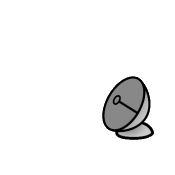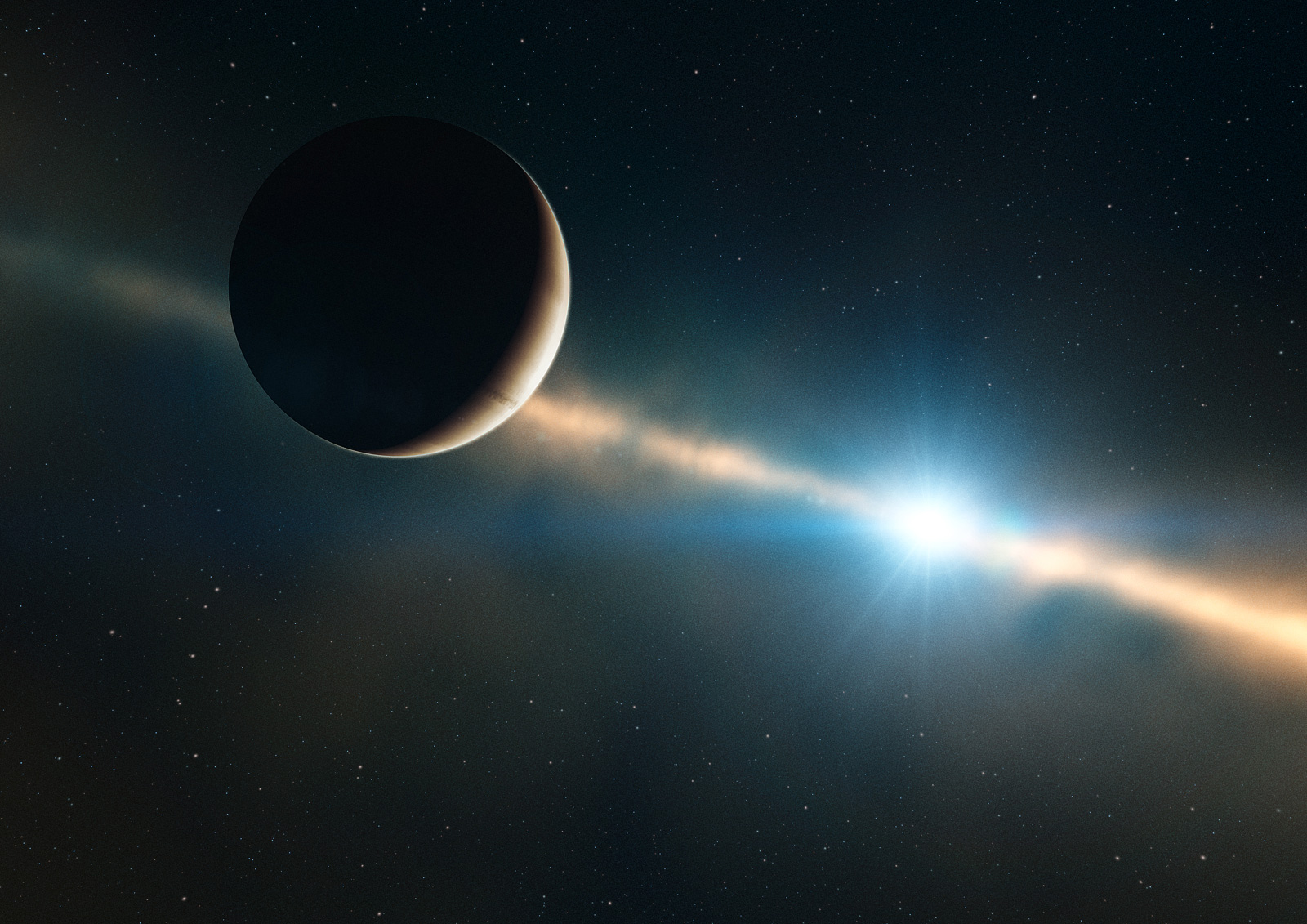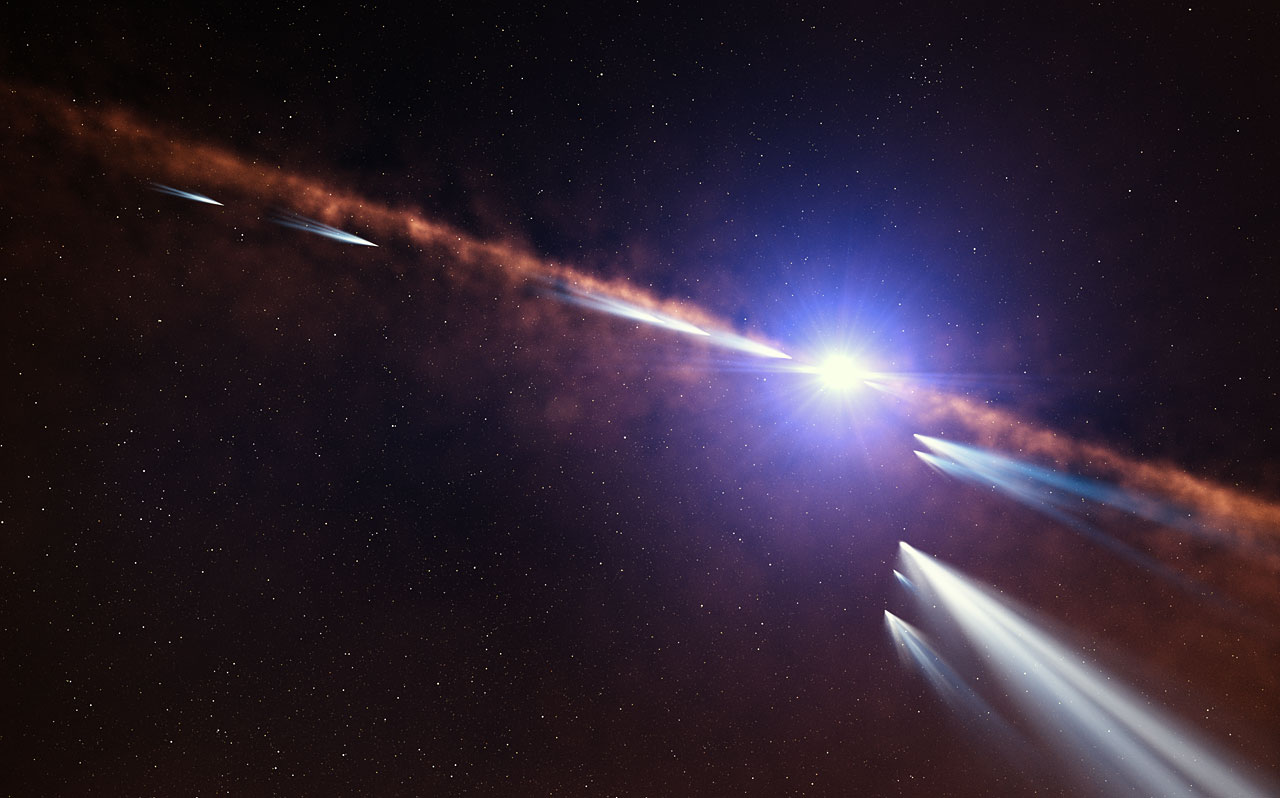
The primany science goal of PicSat is to continuously monitor the brightness of Beta-Pictoris in order to catch and observe the transit of the exoplanet Beta Pictoris b. The transit, when the planet passes between the star and the Earth, has been predicted to take place somewhere between the summer of 2017 and the summer of 2018 and should last for several hours. It will show as a temporary decrease in the star's brightness, because part of its light will be blocked out by the planet.
However, due to uncertainties in the planet's orbit, there is a possibility that the planet will not exactly pass in front of Beta-Pictoris as seen from the Earth, but that its so-called Hill Sphere will. In this case, a change in brightness might also occur, even though less accentuated, which can last for up to several months.


The secondary science goal of PicSat is to detect transits of comets and their comas and tails. Comets and active asteroids are abundant in the young Beta-Pictoris system. Even though they are small size objects, outgassed materials from their surfaces can reach millions of kilometres into space, forming tenuous clouds of gas and dust. When such clouds pass between the star and the Earth as they orbit Beta-Pictoris, the star's brightness will slightly diminish. This can be observed by PicSat's sensitive photodiode. If such an event is detected, the PicSat team has immediate access to time on the European Southern Observatory HARPS instrument, mounted on the 3.6 meter telescope in La Silla, Chile. From the data of this instrument the gas content of the passing cloud can be determined, while at the same time the dust content can be derived from the detailed photometric measurements by PicSat.
There are several Earth-based observing projects that pursue to try and detect any transit phenomena in the Beta Pictoris star system. Matthew Kenworthy at the Leiden Observatory in the Netherlands lists them on a dedicated webpage . He himself lead the bRing project (see Stuik, R., et al. (2017). bRing: An observatory dedicated to monitoring the β Pictoris b Hill sphere transit. A&A 607, p.A45. DOI: 10.1051/0004-6361/201731679 ). The ASTEP project (Antarctic Search for Transiting Extrasolar Planets) led by Tristan Guillot from the Observatoire de la Cote d'Azur in Nice, France, is a dedicated telescope facility in Antarctica. Beta Pictoris was observed in 2017 until mid October, when the sky became too light. No transit was detected! Observations will resume in March 2018 (see Mékarnia, D., et al. (2017). The δ Scuti pulsations of β Pictoris as observed by ASTEP from Antarctica. A&A 608, L6. DOI: : 10.1051/0004-6361/201732121)
A third goal of the mission is to demonstrate a new technological concept to inject star light into an optical fibre onboard a satellite in Earth orbit. This is a necessary step towards the development of (CubeSat sized) fibre based interferometers for operation in space.